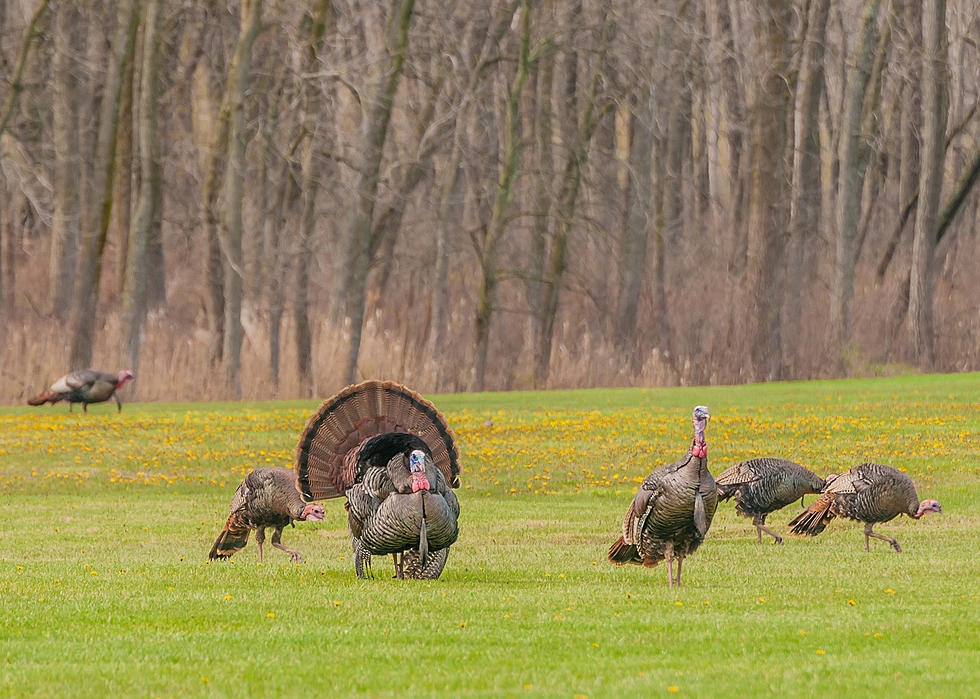
WEEKEND WEATHER: Your Hudson Valley Forecast For Thanksgiving
The Hudson Valley woke up to some of the coldest temperatures this season so far. While the threat of rain should hold off for Thanksgiving, will we see milder temps? Or will the Hudson Valley see another cold Turkey Day like in recent years past? Last year's Thanksgiving saw scattered showers, but mostly normal temperatures. Looking back, there was still the record-setting cold of the 2018 Thanksgiving. The Hudson Valley even saw snow during the 2019 Thanksgiving weekend. What should we expect this year?
Hudson Valley Weather is calling for milder weather for Thursday, with highs around 50 and mostly cloudy skies. Any chance for rain and precipitation should hold out until overnight when some scattered showers should move across the region. Lows will be in the upper 30s Thursday night. Friday will see rain in the morning then colder weather through the day, as clouds decrease. Highs will be in the 40s, with the winds bringing in colder air as the day progresses. Saturday and Sunday will see the colder weather stick around, as highs, both days will stay in the upper 30s. HVW even says there could be a chance for snow showers by late Sunday into Monday morning.
Some of the extended forecasts for the winter so far are a bit conflicting. While some, like the Old Farmer's Almanac, are saying we should expect near-normal temperatures and precipitation, other forecasts are calling for below-average temps and above-average snow. One big factor could be the return of La Niña. La Niña is a phenomenon that produces cooler than average water temperatures in the tropical Pacific Ocean around the equator. It is not to be confused with El Niño, which is when warmer water temperatures occur in that part of the Pacific. Past La Niñas have produced colder, snowier winters across the northeast.
LOOK: The most expensive weather and climate disasters in recent decades
KEEP READING: Get answers to 51 of the most frequently asked weather questions...
TIPS: Here's how you can prepare for power outages
More From WPDH-WPDA







